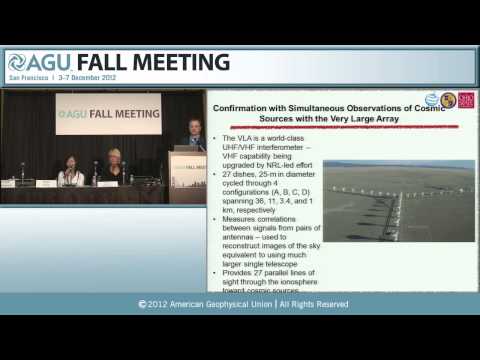Description:
Explore an innovative approach to detecting clandestine nuclear tests in this 40-minute AGU Fall Meeting 2012 press conference. Discover how researchers have repurposed a common tool, similar to the historical adaptation of GPS, to identify underground nuclear explosions through their unexpected atmospheric signatures. Learn about ionospheric delays, the Comprehensive Nuclear-Test-Ban Treaty (CTBT) International Monitoring System, and the application of GPS detection methods. Examine case studies involving North Korean explosions and compare nuclear test signatures to those of earthquakes. Investigate the use of radio astronomy tools like the Very Large Array in discriminating between different types of seismic events. Gain insights into acoustic waves, traveling ionospheric disturbances, and propagation velocities associated with nuclear tests. Consider the potential for GPS to function as a standalone detection method and discuss strategies for mitigating energy release from clandestine nuclear activities.
Read more

An Unlikely New Tool for Spotting Clandestine Nuclear Tests
Add to list